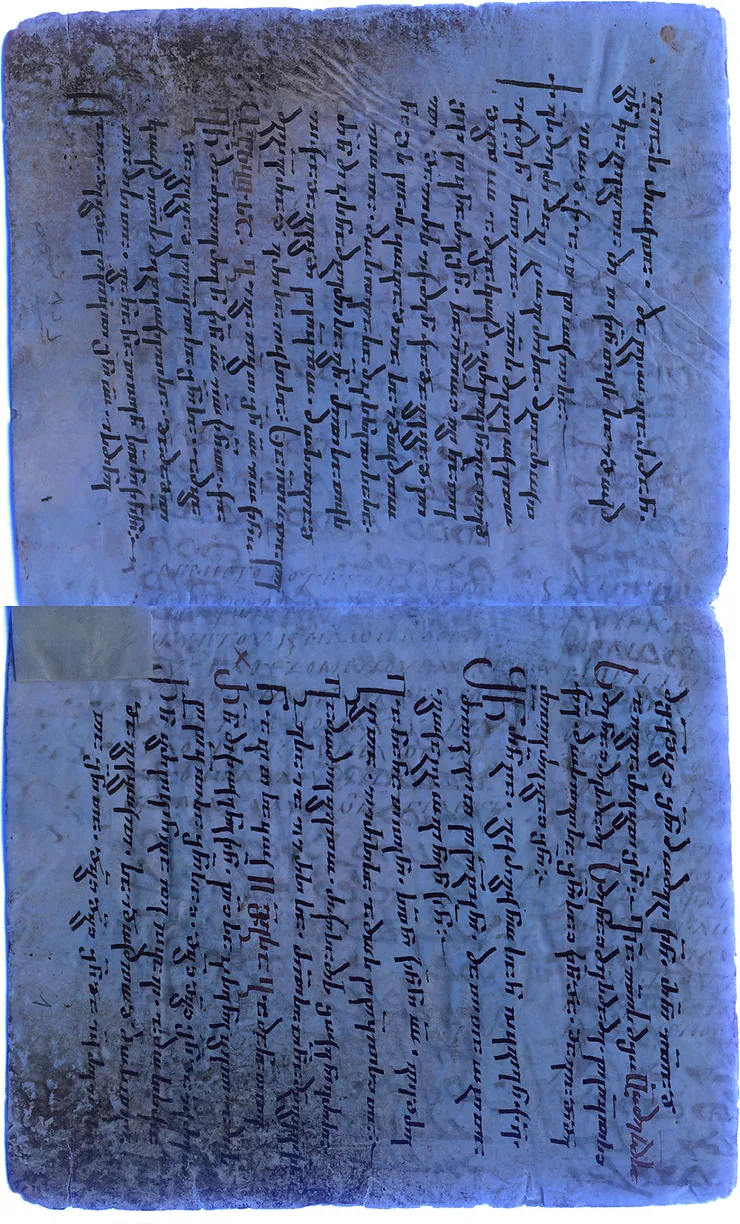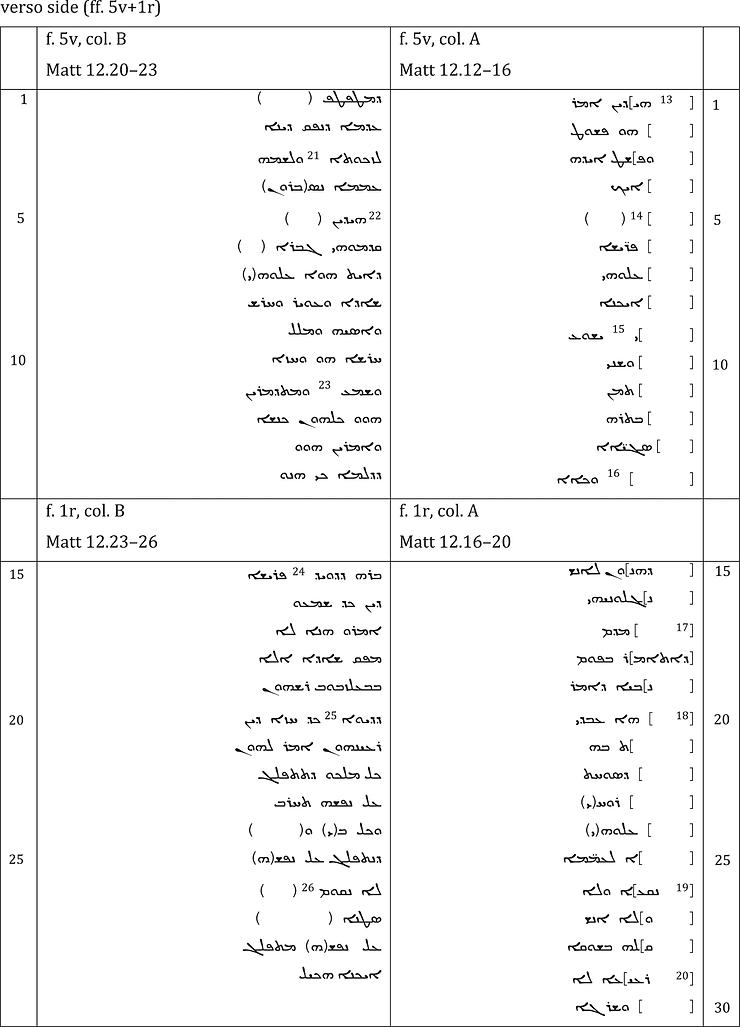
A previously unseen Biblical verse, hidden away for approximately 1,500 years, has been revealed using ultraviolet light technology. This discovery creates an impressive link between early religious texts and contemporary scientific methods.
Central to this achievement is medieval scholar Grigory Kessel from the Austrian Academy of Sciences Using ultraviolet light, he revealed a concealed layer of text in an ancient manuscript from centuries ago, which had been overwritten two times.
Where Antiquity Meets Innovation
This uncommon relic is referred to as a double palimpsest. Initially, the original writings were scraped off by scribes. texts To repurpose the parchment. In this instance, three distinct texts were overlaid on one page.

The most profound stratum contained an astounding discovery—an overlooked rendition of portions from Matthew chapter 12. Experts think this copy dates back to approximately the 6th century yet mirrors a 3rd-century edition of the Gospels.
Referred to as an ancient Syriac translation, this early rendition precedes the majority of extant manuscripts. This excerpt is part of a limited collection. early gospel Interpretations that almost vanished over time.
What led to the disappearance of this holy book? Surprisingly, the reason is quite pragmatic. Due to a shortage of parchment, scribes repurposed old materials by erasing even cherished biblical texts to create space for fresh content.
“Until recently, only two manuscripts “Contained the Old Syriac translation of the Gospels,” explained Kessel. One copy can be found at the British Library in London. The other was retrieved from Mount Sinai as part of the Sinai Palimpsests Project.
Related Stories
・ Researchers harness AI and Robotics to treat spinal cord injuries
・ AI innovation fills in the missing gaps in ancient texts
・ AI has the potential to aid in fighting against systematic racial discrimination.
Currently, a fourth copy has surfaced within the annals of history. Kessel discovered it at the Vatican Library. Buried under layers of over-written text, this version remained overlooked for hundreds of years.
Claudia Rapp, who leads the department at the The Austrian Academy's research institute for medieval studies , commended the finding. "Grigory Kessel has achieved a significant discovery due to his deep understanding of ancient Syriac manuscripts and their scripts," she stated.
The Codex Sinaiticus, dating back to the 6th century, stands as the earliest known full copy of the New Testament. Nonetheless, certain Old Syriac manuscripts might originate earlier—they have only survived within overwritten palimpsest pages, patiently awaiting discovery and revelation.

The Blending of Technology with History
The crucial part played by ultraviolet photography in this finding cannot be overstressed. As Rapp expands, "This discovery demonstrates how fruitful and significant the collaboration between contemporary digital technologies and fundamental research becomes when addressing ancient manuscripts from the medieval period."
It's a glorious confluence of ancient manuscripts and cutting-edge technological tools, setting the stage for more such groundbreaking revelations in the future.
The unearthing of this Gospel text exemplifies the untapped potential of combining contemporary technological advancements with the age-old art As digital methods advance in complexity, they provide new opportunities for researchers such as Kessel to explore historical depths further, illuminating hidden facts from the past.

As we find ourselves at the crossroads of history and tomorrow, it's thrilling to imagine what additional gems might be waiting to be uncovered within the secret corners of old manuscripts and the immense archives of our global libraries.
Note: Materials provided above by the The Brighter Side of News . Content may be edited for style and length.
Like these kind of feel good stories? Get the Brighter Side of News' newsletter .
0 Response to "Rediscovered After 1,500 Years: The Lost Chapter from the Gospel of Matthew"
Post a Comment